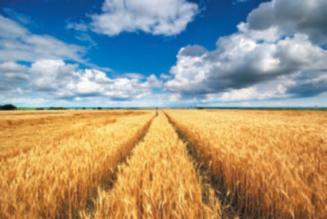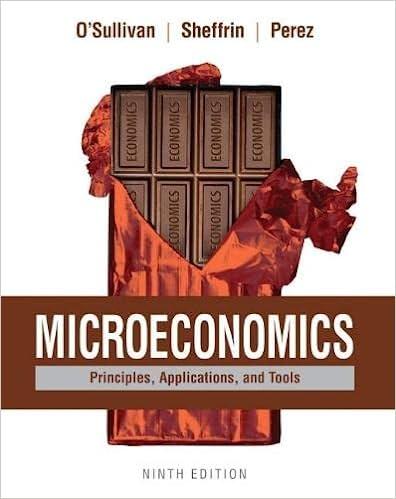Recall the chapter opener about the nation of Latvia, which in the 1990s was much less productive
Question:
Recall the chapter opener about the nation of Latvia, which in the 1990s was much less productive than nations in the European Community. The question is, Why would a member of the EC, whose workers are more productive than Latvian workers in the production of all goods, buy any products from Latvia? The following table shows worker productivity and the opportunity cost of production for two products, saw timber and grain.

Although the EC has an absolute advantage in both products, it has a comparative advantage (a lower opportunity cost) in grain: the opportunity cost of one unit of grain is six units of saw timber in the EC, compared to 20 units of saw timber in Latvia. Latvia has a comparative advantage in saw timber: the opportunity cost is 1/20 units of grain in Latvia, compared to 1/6 units of grain in the EC. Based on the notion of comparative advantage, we know that both the EC and Latvia can be made better off if the EC produces grain in exchange for saw timber produced by Latvia. The EC specializes in grain because that’s the product for which it has the largest productivity advantage: the productivity ratio is 20:1 for grain, compared to only 6:1 for saw timber.

Question.
What is the rationale for specialization and trade?
Step by Step Answer:

Microeconomics Principles Applications And Tools
ISBN: 9780134078878
9th Edition
Authors: Arthur O'Sullivan, Steven Sheffrin, Stephen Perez





